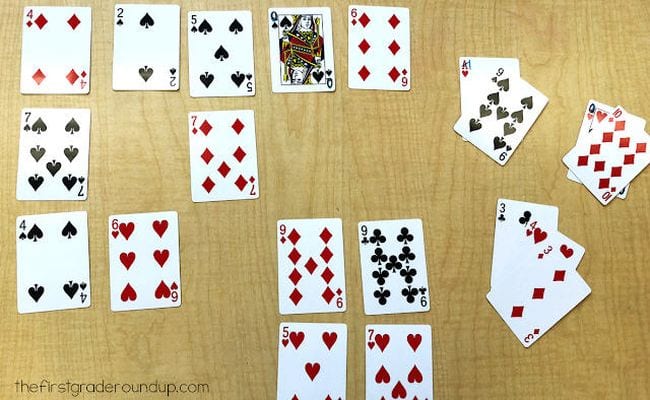To play you will need a sheet of paper, a pencil, and one dice. The object of the game is to score as close to 101 without going over or “out.”
To play, players take turns rolling the dice. As they roll, they can either take the number as a one or a ten. For example, if a 5 is rolled, they could take it as a 5 or a 50. How close can you get to 101?




